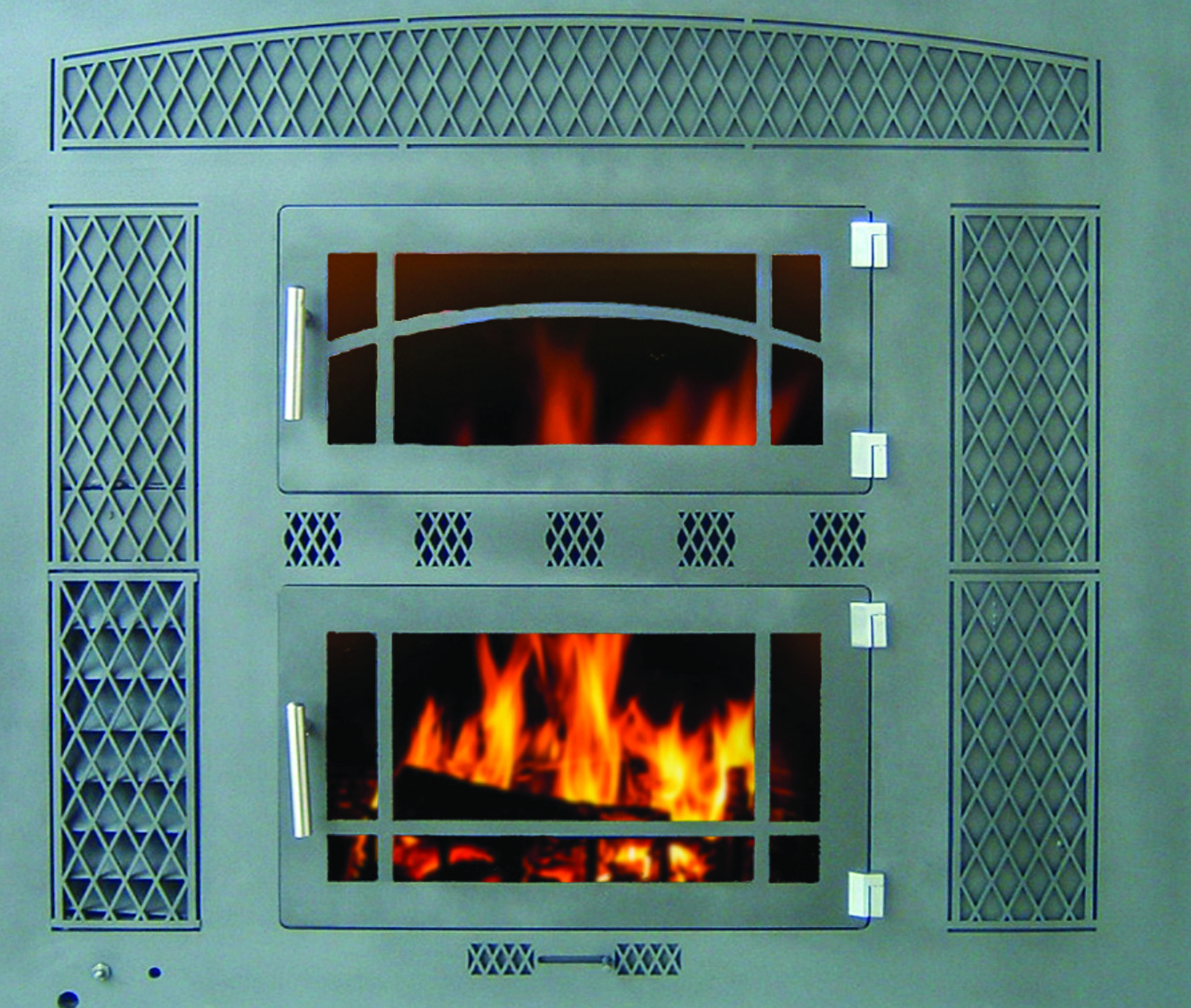Taming The Fireplace Energy Thief

We like to use our brick open wood-burning fireplace, but it makes the rest of the house cold. Our heating bills are high enough, so what simple things can we do to make the fireplace more efficient?—Jan W.
As you’ve discovered, fireplaces can cause your home to lose more heat than they produce—and cost you extra money in two ways. First, although the radiant heat does feel nice right next to the fire, cold outdoor air to feed that fire is being drawn through leaky spots elsewhere in your house as the logs burn. That makes other parts of your home cool, which makes your furnace or heat pump run more often. Second, when there’s no fire, air often moves up or down through the chimney. Warm air you’ve already paid to heat may go up—or a draft of cold air may sink down, and force your heating system to run more often. So the key to making your fireplace more efficient is to control the flow of air better.
If you can make just one investment, I recommend installing high-quality glass doors in front of the fire box. Glass doors do double duty—they control the amount of indoor air escaping up the chimney when you’re enjoying a fire, and they block airflow when the fireplace is not in use.
Grates and balloons
Adding a different kind of grate can also boost your fireplace’s efficiency. These tubular heat-circulating grates direct more warm air out the front of your fireplace opening instead of up the chimney. Models are available for use in fireplaces with or without glass enclosures. Some systems use natural convection while others include blowers. For best results, choose a model with a multispeed blower and a thermostat with an on/off switch that shuts off the blower when the fire burns down.
Your fireplace and chimney may include a damper system operated by a simple crank or handle to close off the flue, and perhaps an indoor pulley chain system to control an outdoor cap, but these probably don’t form a really tight seal. Instead, you can insert an inflatable chimney pillow or balloon when you’re not using your fireplace. Just remember to use a ribbon or simple sign as a reminder to remove it before building the next fire.
PREVENT CHIMNEY FIRES
Beware of creosote buildup
Keep the fire in your fireplace, not the chimney. Lower the risk of creosote buildup by using several squirts of a creosote control spray each time you enjoy your fireplace. Burn only well-seasoned wood or no more than one unseasoned log to three seasoned ones. And at least once a year, have your chimney inspected and cleaned by a professional.
Mail requests and questions to JAMES DULLEY, Kentucky Living, 6906 Royalgreen Drive, Cincinnati, OH 45244, or visit www.dulley.com.

